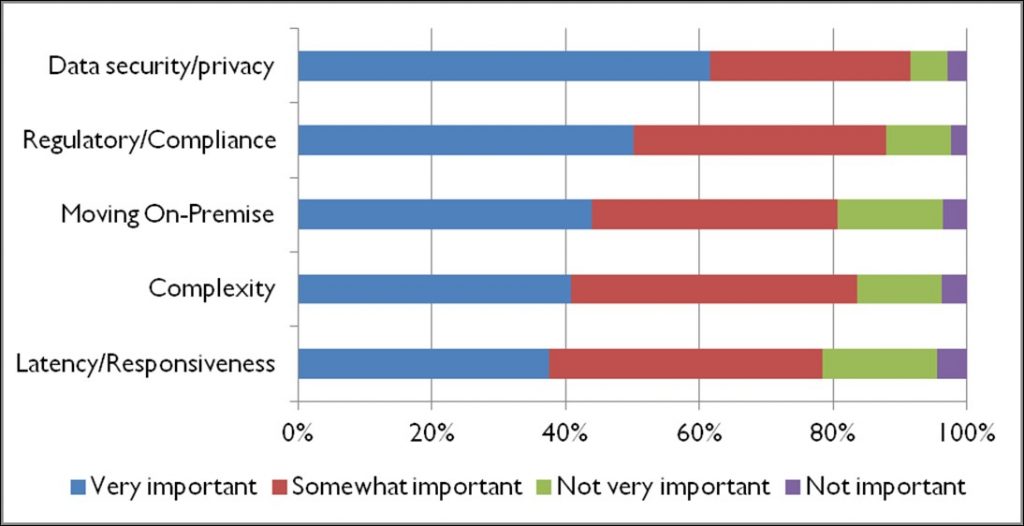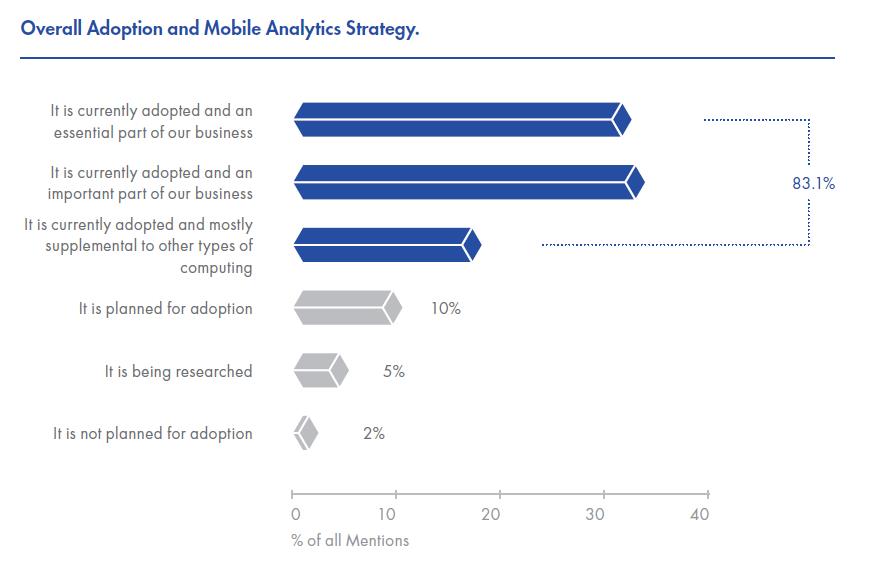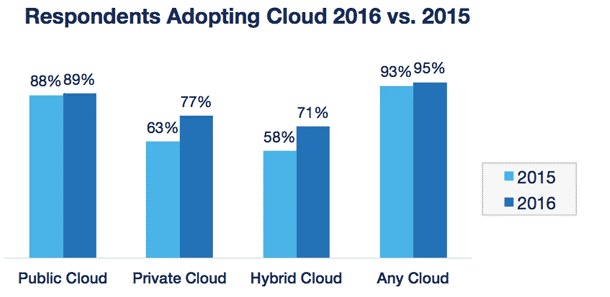Every successful company understands that to outpace their competition they need to leverage data properly. However, to make smart and viable business decisions, companies must rely on analytics technology capable of delivering a thorough understanding of their operations. And only the cloud can support huge volumes of data and workloads, and fast deployment while keeping the total cost of ownership (TCO) to a minimum. Another reason why more companies are making the leap to cloud analytics is their ease of use.
What’s on offer?

So what benefits do cloud analytics bring to an enterprise? Let’s find out:
- Handling the entire enterprise: Cloud analytics is a foolproof solution for those companies whose leaders constantly argue over the correct numbers. This technology empowers the team as a whole to start taking the correct decisions on data they trust using international business intelligence (BI) governance.
- More performance and scalability: What every enterprise needs is an analytics platform capable of growing with them, and supporting the biggest data volumes and user communities – a task cloud analytics is more than able to perform with relative ease.
- Decreasing cost of ownership: A solid cloud analytics platform can rid your company of many of the tasks that are traditionally handed off to business intelligence. This allows you to be more productive while using less resources.
How cloud analytics affects different areas of an enterprise

Most enterprises are currently on a journey to adopt cloud analytics, from the collaboration stage all the way to improving business strategies and processes. Why? Well, the three major reasons include enhanced business processes, the scope for better collaboration, and a drastic improvement in the customer experience. Enterprise leaders and IT departments are working closely with one another to define various cloud analytics techniques, which are responsible for accelerating as well as improving numerous business processes – all the while remaining in compliance with the internal necessities. An enterprise adopting cloud analytics also gets a competitive advantage as well as research and development (R&D), better delivery of analytics, a reduction in their capital expenditure and total expenses – all of which will play a major rule in their success.
Looking at the technical factors
There are a handful of technical factors that contribute to the adoption of cloud analytics by enterprises. These include data security, reducing costs, and the advantage of better collaborations with other companies and individuals. Cost seemed to be a major factor when it came to the technical aspects, and an enterprise was able to cut down on their expenses through reduced software maintenance timeframes and lower software maintenance costs. Best of all, no sort of software installation was necessary.
Why cloud analytics is more important than ever
One thing becomes clear from all this – the more efficient a particular enterprise gets regarding the use of cloud analytics, the faster the necessity for self-service deployment opportunities increase. Based on the speed of maturity of cloud analytics, an enterprise will go from the collaboration stage to improving business strategies and processes. So, by definition, a solid and strong organization is one that has engaged in over five different analytics projects.
Enterprise leaders should take note of the fact that self-service seems to be the strategy most preferred by enterprises for the purpose of scaling cloud analytics. However, this is applicable only if there are five or more projects in the pipeline that are delivering insights. Thus, it would not be wrong to call self-service an enabler of more adoption of cloud analytics throughout the world.
Which enterprises take the most interest in cloud analytics?

The primary reason an enterprise picks cloud analytics and business intelligence tends to differ based on the size of the company. For mid-sized businesses with an employee count of 250 to 2,500 employees, cost is the most significant factor. Small companies, on the other hand, are tempted the most because of the promise of greater flexibility, lower costs, and reduced maintenance of software and hardware. Any enterprise that has more than 2,500 employees is probably already adopting cloud business intelligence and analytics to enjoy more scalability and lower maintenance of both software and hardware.
Cloud Big Data analytics trends
Another avenue making waves is cloud Big Data analytics. This allows for better-informed decisions that lead to financial gains. The impetus for this new analytics trend arises from the fact that Big Data technologies and tools are extremely easy to deploy, access, manage, and secure. What’s more, companies that hesitate to take advantage of the benefits of Big Data business opportunities will be left behind by their competitors. That explains why cloud Big Data analytics is being used by enterprises to establish an intelligence system as well as network optimization capable of identifying potential breaches beforehand.
When Internet of Things (IoT) is thrown into the mix with analytics, it helps in diverging data sources and allows for the application of the analytics in diverse areas of the enterprise, like monitoring sensors. As IoT continues to expand data sources and allow analytics to be implemented in new avenues, it is proving to be a boon to analytics by presenting itself as a major source of data. The availability of new technology and tools will provide smaller firms with the opportunity to surpass the large ones in terms of productivity and efficiency, leading to the rise of start-ups.
Gaining more value
The more an enterprise relies on cloud analytics, the more important are data governance and data integration processes. While enterprises continue to commit to greater cloud analytics-centric strategies and initiatives, the more they will prioritize the integration with legacy private and on premises cloud databases.
It’s true that data governance and data integration are two of the most important factors required by an enterprise for creating a secure, scalable cloud-based infrastructure. Self-service gives enterprises with the most robust adoption of cloud analytics to form data sources and models quickly and effectively, gaining more value for their cloud analytics investments in the process.
Photo credit: Freerange Stock



